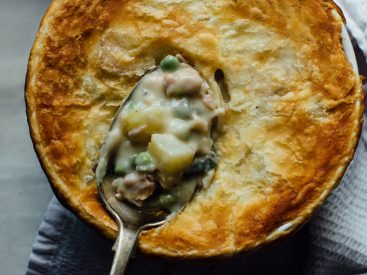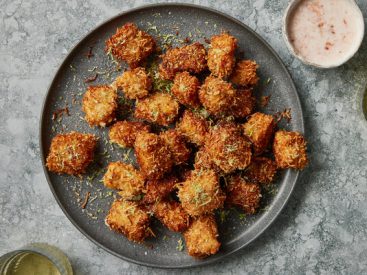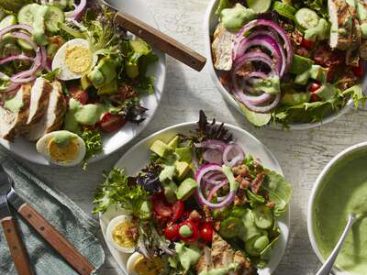Photo by Luisa Brimble The glossy, crispy skin and juicy meat of charcoal-roasted lechon; the charred gelatinous pork fat at the end of a barbecue skewer; the hearty marrow-enriched beef broth of bulalo: These are some of my fondest memories of Filipino cuisine. I’ve always thought of Filipino food […]
Delicious!
Delicious!



